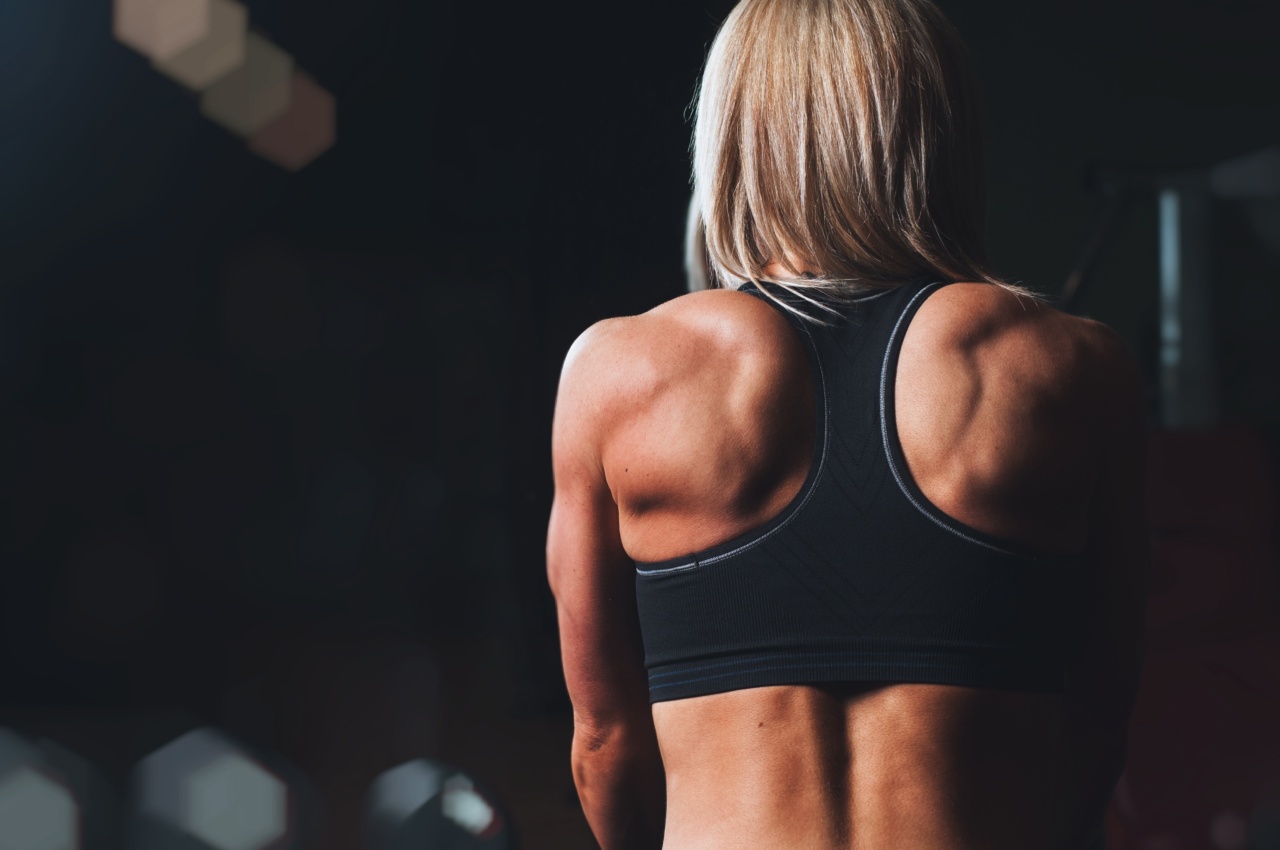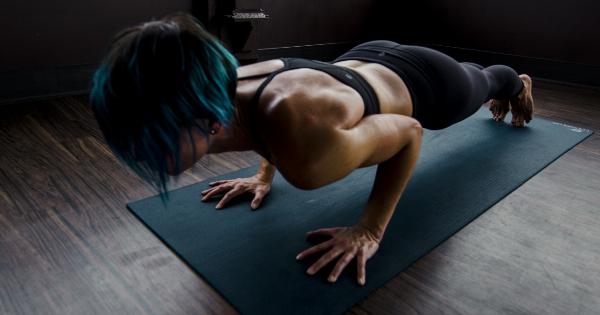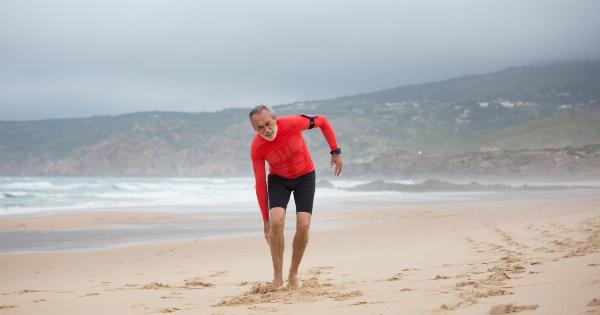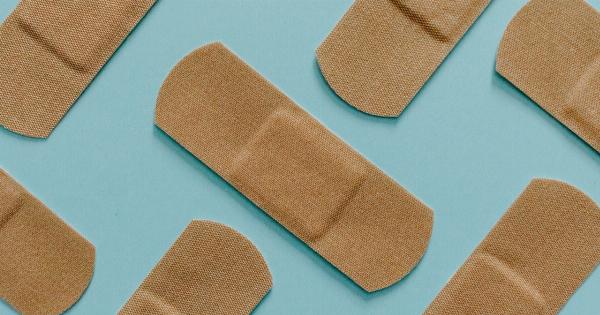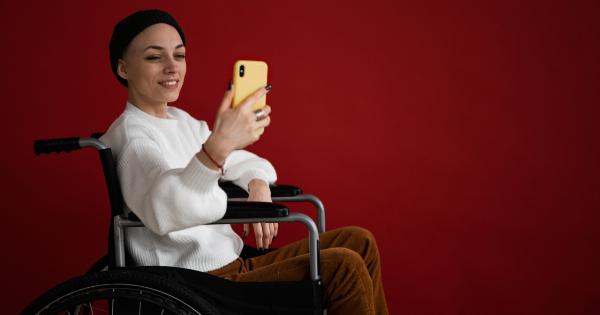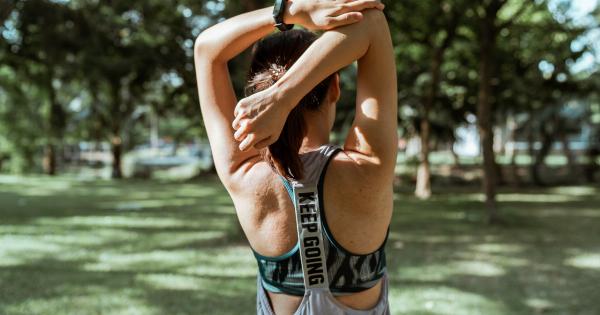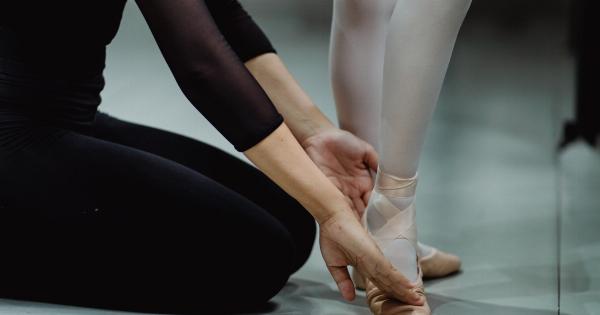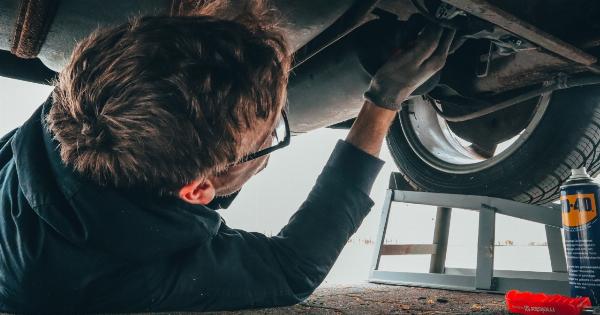Good posture is essential for maintaining a healthy body and avoiding discomfort and injuries.
However, modern lifestyles that involve prolonged sitting, hunching over electronic devices, and poor ergonomics have led to an epidemic of poor posture and associated problems such as neck and back pain, headaches, and decreased mobility.
One of the best ways to correct posture and prevent future problems is to strengthen the shoulders and upper back muscles that support the spine and maintain an upright posture.
In this article, we will discuss ten exercises that can help you achieve better posture and strong, healthy shoulders.
1. Prone Y
The Prone Y exercise is an effective way to target the upper back and shoulder muscles that stabilize the scapulae (shoulder blades) and keep them in proper position. To perform this exercise:.
- Lie face down on an exercise ball, with your arms hanging down towards the floor and your palms facing each other.
- Squeeze your shoulder blades together and lift your arms as high as possible by retracting your shoulder blades, while keeping your elbows straight. Your body should form a Y-shape.
- Hold the position for 3-5 seconds while maintaining your shoulder blade squeeze, then lower your arms back down.
- Repeat for 10-15 repetitions.
2. Face Pulls
The Face Pull exercise targets the upper back and rotator cuff muscles and helps improve scapular stability and shoulder mobility. To perform this exercise:.
- Attach a resistance band or rope to a high anchor point, such as a pull-up bar or cable machine.
- Grab the rope or band with an overhand grip, and step back to create tension on the band while keeping your arms straight.
- Slowly pull the rope or band towards your face, while keeping your elbows high and your shoulder blades squeezed together.
- Pause when your hands reach your face, then slowly return to the starting position.
- Repeat for 10-15 repetitions.
3. Seated Rows
The Seated Row exercise targets the lower and mid-back muscles and helps improve posture by promoting scapular retraction and spinal extension. To perform this exercise:.
- Sit upright on a cable machine with your feet firmly planted on the floor and your knees slightly bent.
- Grab the handle with an overhand grip, and lean back slightly while keeping your back straight and your shoulders relaxed.
- Pull the handle towards your torso by retracting your shoulder blades and squeezing your back muscles, while keeping your elbows close to your sides.
- Pause briefly at the end of the movement, then slowly return to the starting position.
- Repeat for 10-15 repetitions.
4. Prone T
The Prone T exercise is similar to the Prone Y, but targets the middle and lower traps and improves scapular depression and retraction. To perform this exercise:.
- Lie face down on an exercise ball, with your arms hanging down towards the floor and your palms facing each other.
- Squeeze your shoulder blades together and lift your arms out to the sides at shoulder height, while keeping your elbows straight. Your body should form a T-shape.
- Hold the position for 3-5 seconds while maintaining your shoulder blade squeeze, then lower your arms back down.
- Repeat for 10-15 repetitions.
5. Overhead Press
The Overhead Press is a compound exercise that targets the shoulders, triceps, and upper back muscles, and helps improve scapular stability and shoulder mobility. To perform this exercise:.
- Stand with your feet shoulder-width apart and hold a dumbbell or barbell at shoulder height, with your palms facing forward.
- Press the weight overhead by extending your arms, while keeping your elbows close to your ears and your core tight.
- Pause at the top of the movement, then slowly lower the weight back to shoulder height.
- Repeat for 10-15 repetitions.
6. Reverse Flyes
The Reverse Flye exercise targets the rear delts and upper back muscles, and helps improve scapular retraction and posture. To perform this exercise:.
- Stand with your feet shoulder-width apart and hold a dumbbell in each hand, with your palms facing each other.
- Bend forward at the hips until your torso is roughly parallel to the floor, and let the dumbbells hang directly below your shoulders.
- Squeeze your shoulder blades together and lift your arms out to the sides until they are at shoulder height, while keeping your elbows slightly bent.
- Pause at the top of the movement, then slowly lower the weights back to the starting position.
- Repeat for 10-15 repetitions.
7. Scapular Retraction
The Scapular Retraction exercise is a simple but effective way to improve posture by promoting scapular depression and retraction. To perform this exercise:.
- Stand with your back against a wall, with your feet shoulder-width apart and a slight bend in your knees.
- Place your hands on the wall at shoulder height, with your elbows slightly bent and your palms facing the wall.
- Squeeze your shoulder blades together and slide your hands up the wall as far as possible, while keeping your elbows close to your sides.
- Pause at the end of the movement, then slowly slide your hands back down to the starting position.
- Repeat for 10-15 repetitions.
8. Band Pull-Aparts
The Band Pull-Apart exercise is a simple but effective way to target the upper back and shoulder muscles, and helps improve posture by promoting scapular retraction and depression. To perform this exercise:.
- Stand with your feet shoulder-width apart and hold a resistance band in both hands, with your palms facing down.
- Extend your arms in front of you at shoulder height, with the band stretched between your hands.
- Squeeze your shoulder blades together and pull the band apart by retracting your shoulder blades, while keeping your elbows straight.
- Pause at the end of the movement, then slowly release the tension in the band and bring your hands back together.
- Repeat for 10-15 repetitions.
9. Wall Slides
The Wall Slide exercise is a great way to improve posture by promoting scapular retraction and depression, and thoracic extension. To perform this exercise:.
- Stand with your back against a wall, with your feet shoulder-width apart and a slight bend in your knees.
- Place your arms against the wall at shoulder height, with your elbows and wrists against the wall.
- Squeeze your shoulder blades together and slide your arms up the wall as far as possible, while keeping your elbows and wrists in contact with the wall.
- Pause at the end of the movement and hold for 3-5 seconds, then slowly slide your arms back down to the starting position.
- Repeat for 10-15 repetitions.
10. Prone I
The Prone I exercise is similar to the Prone Y and T, but targets the lower traps and improves scapular depression and retraction. To perform this exercise:.
- Lie face down on an exercise ball, with your arms hanging down towards the floor and your palms facing each other.
- Squeeze your shoulder blades together and lift your arms directly overhead by retracting your shoulder blades, while keeping your elbows straight. Your body should form an I-shape.
- Hold the position for 3-5 seconds while maintaining your shoulder blade squeeze, then lower your arms back down.
- Repeat for 10-15 repetitions.
Conclusion
Good posture and strong shoulders are essential for maintaining your overall health and well-being.
The exercises we have listed in this article can help you correct your posture, improve your shoulder strength and mobility, and prevent future injuries and discomfort. Incorporate these exercises into your workout routine, along with proper ergonomic practices and regular stretching and mobility work, and you will see the benefits in no time.
